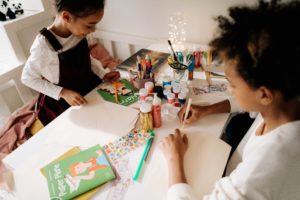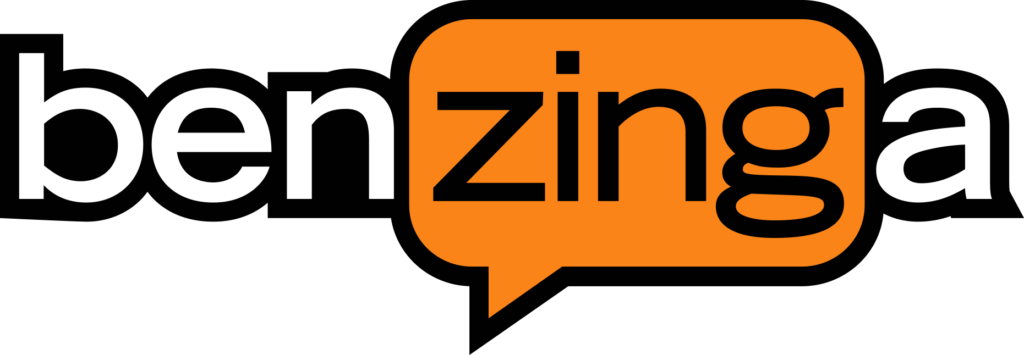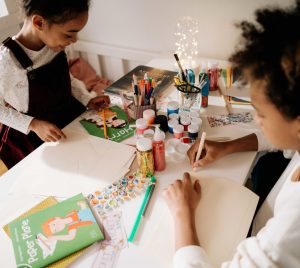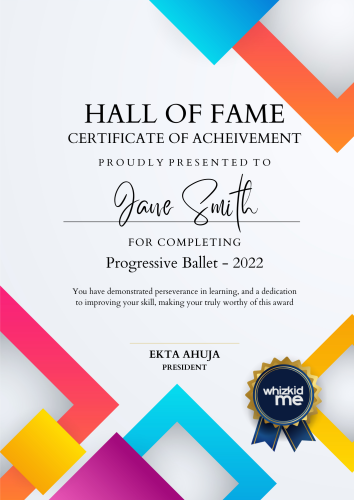
Artapalooza 9 to 14 | Progressive
Kids Art Classes That Will Make Them Little Picasso’s In No Time Our kids art classes turn your child’s creativity into an extravaganza of self-expression,











You don't have to pay an arm and a leg or for each class separately. Everything you see on the site is for one low price of $69.99 per child per month.
Our handpicked instructors are on-staff and not independent entities. They adhere to our stringent content and quality standards.

Kids Art Classes That Will Make Them Little Picasso’s In No Time Our kids art classes turn your child’s creativity into an extravaganza of self-expression,

ARTAPALOOZA 4-8 | Basic Art Classes Art is an extravaganza that focuses on self-expression that every child deserves to experience no matter talent or skill











We partner with PTO, PTA and PTC orgnizations throughout the country and support their efforts to bring to their kids all the resources they need to succeed in school. Our partner program not only generously donates memberships to our platform but also provides the tools necessary for these organizations to raise funds for the programs that matter the most to their communities.